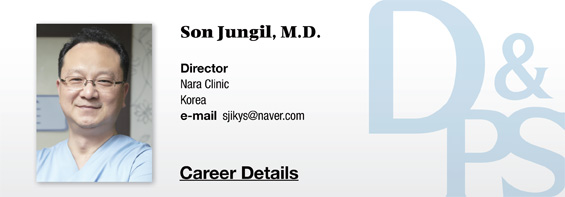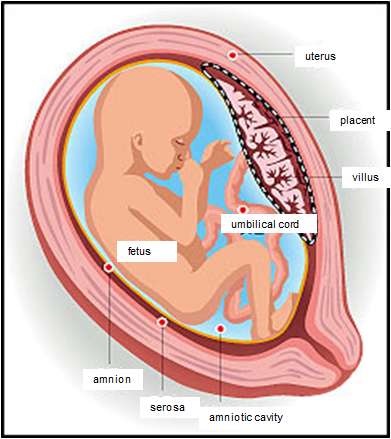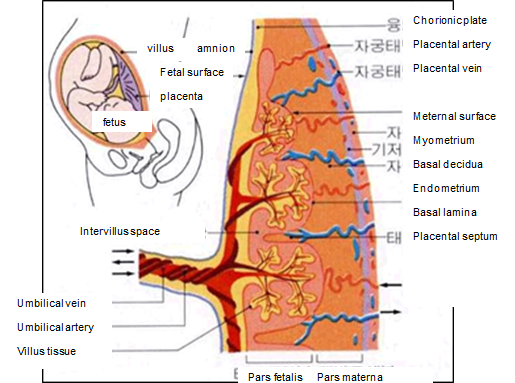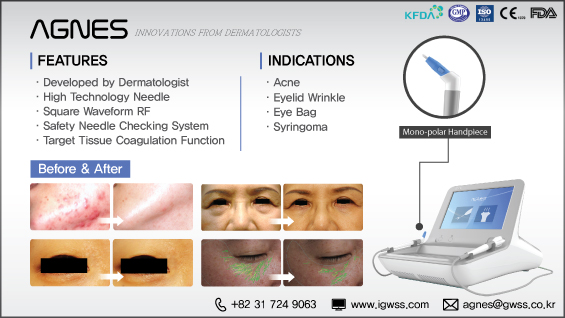
The fetus is connected to the placenta through the umbilical cord. The umbilical vein, a single thick vein in the center of the umbilical cord, delivers the nutrients from the mother to the fetus. The umbilical arteries, two blood vessels adjacent to the umbilical vein, transfer the fetus’s excretion to the mother (Figure 1).


Image 1. The anatomy of the placenta and umbilical cord.
The transfer of substances from the mother to fetus is possible through diffusion, a physical transfer using the difference in partial pressure. The transfer of substances form the fetus to mother is carried out through the difference in blood concentration.
There are largely two types of PNT currently available. One is the Melsmon type mainly approved for use in menopausal symptoms. It is extracted from the chorion. The entire amount of extraction is degraded through hydrochloric acid hydrolysis, which degrades the proteins to the level of amino acids. Therefore, the main ingredients become amino acids, nucleobase, and peptides with the molecular weight of 5kd or less, as well as various minerals. A small amount of middle molecular functional proteins of 10-100kd is also present. Benzyl alcohol, a local anesthetic, is also added, which reduces the pain during subcutaneous injection but IV administration should be avoided due to potential hypersensitivity to alcohol.
Laennec is the other type of PNT and was approved for use in chronic liver dysfunction. The components are mainly harvested from the chorion and umbilical cord and placed through two steps of degradation. The first stage is enzymatic treatment and polymer fractionation. This stage separates polymer cytokines such as growth factors or interleukin, etc. Similar to Melsmon, the second stage is the hydrochloric acid hydrolysis of remaining substances. Compared to Melsmon, Laennec is known to have more middle molecular functional proteins of 10-100kd besides low molecular substances, promising to offer more benefits.
[Advertisement] AGNES(Radio Frequency) – Manufacturer: (www.igwss.com)
However, due to lack of local anesthetic, it causes more pain during injection despite a lower risk of hypersensitivity. It is also more likely to cause local immune response such as erythema or pruritus due to presence of polymers. It has the advantage of being safer in IV administration compared to Melsmon. Therefore, Laennec is approved for IV administration in Japan and Russia.
-To be continued




















